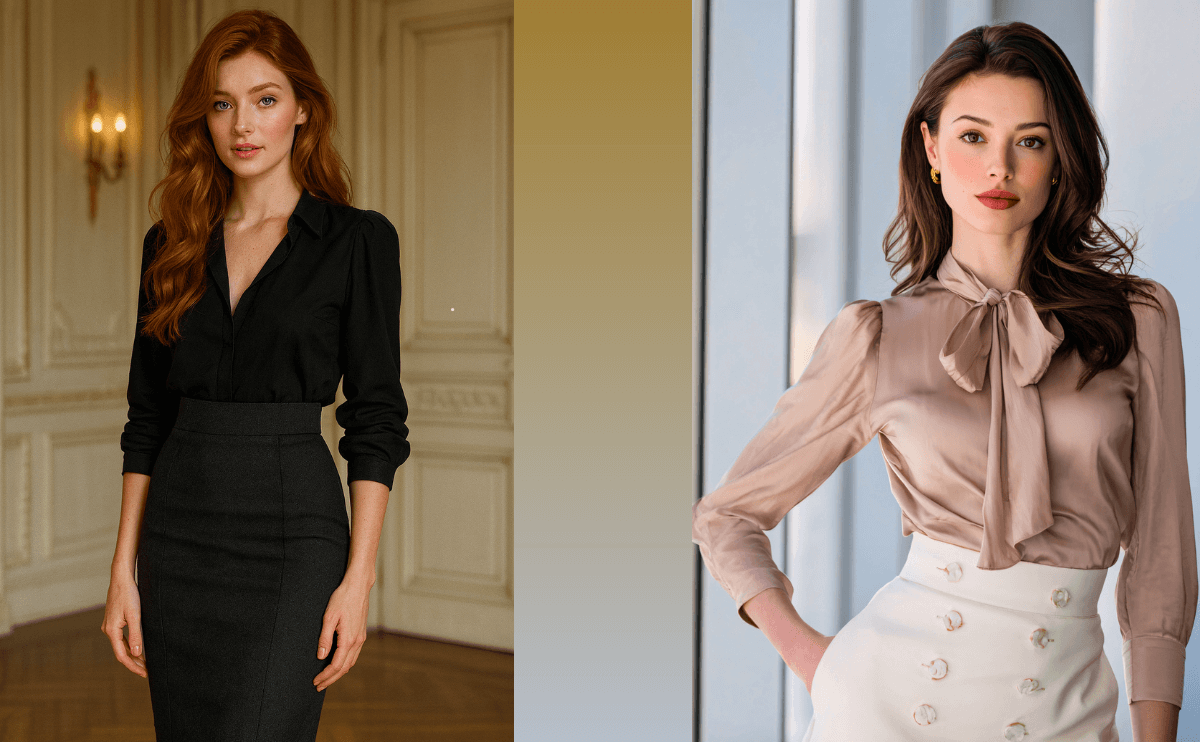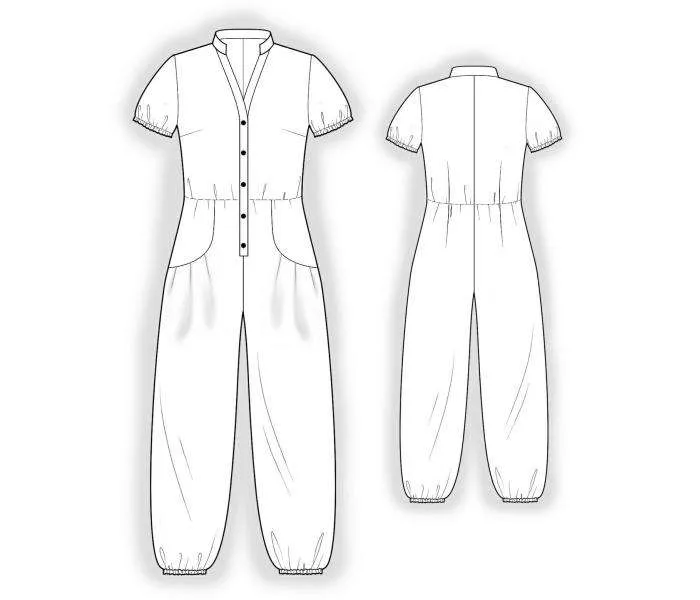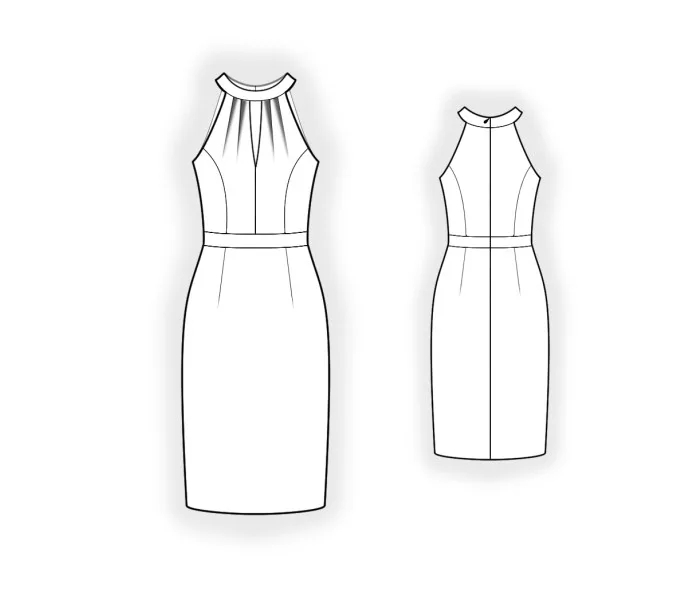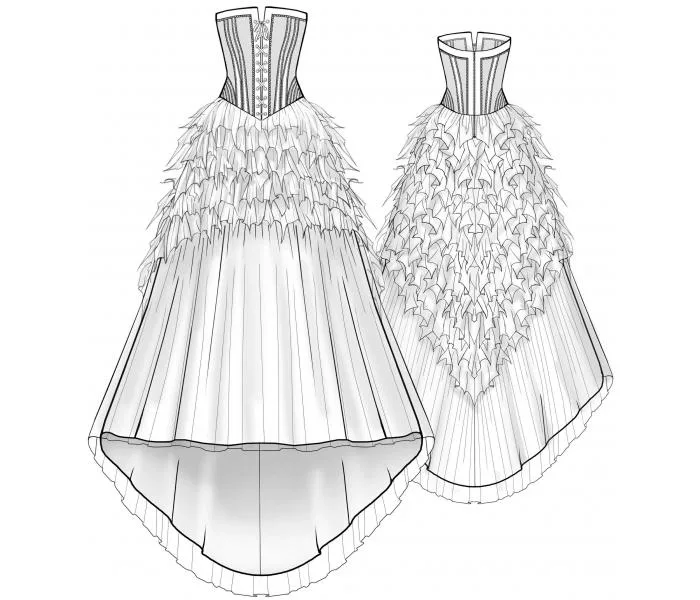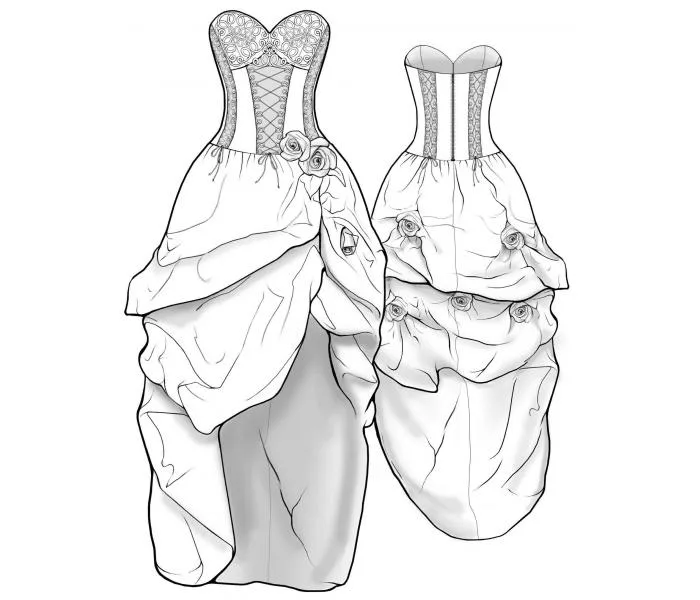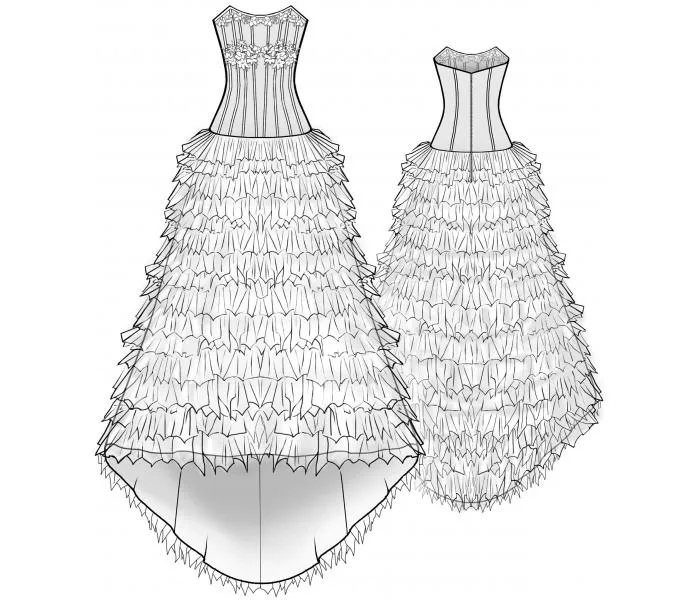Fashion has a way of echoing the cultural and social shifts of its time. From flapper dresses to bell-bottom jeans, each era has left its distinctive mark on the world of attire. One such enduring fashion piece that has transcended centuries and trends is the high waisted skirt. With its elegant and flattering silhouette, this garment has a rich history that spans back to ancient civilizations, evolves through the centuries, and continues to captivate the fashion scene today.
Ancient Beginnings of the High Waisted Skirt
The roots of the high waisted skirt can be traced back to ancient civilizations. In Egypt, for instance, art and hieroglyphs depict women wearing skirts cinched high at the waist, often accompanied by ornate belts. These skirts were practical and allowed for movement in the sweltering desert heat while also symbolizing the wearer’s social status.
Renaissance Revival of the High-Waist Silhouette
Fast forward to the Renaissance period, and the high-waist silhouette experienced a revival. The ideal body shape of the time was characterized by a high waist and a cone-like skirt. Women’s skirts were elevated to just under the bust, creating an elongated appearance. These garments were often accompanied by corsets, which further emphasized the narrow waist.
Regency Elegance and the High-Waist Empire Skirt
The early 19th century saw another resurgence of the high-waisted skirt, thanks to the influence of the Regency era. Inspired by classical Greco-Roman styles, dresses and skirts featured empire waists that sat just below the bust. This style exuded elegance while allowing a comfortable and unconstrained fit, in contrast to the tightly corseted fashions of previous centuries.
Victorian Fashion: High Waists Between Constraint and Liberation
As the Victorian era dawned, fashion took a turn towards more structured and elaborate designs. The crinoline, a stiff petticoat, became a staple in women’s wardrobes, giving skirts a bell-shaped silhouette with a defined waistline. However, by the late 1800s, the Aesthetic Movement rebelled against these confining styles, favoring looser, more natural forms—paving the way for flowing, high-waist skirts in the Art Nouveau period.
Flapper Freedom and High-Waist Experimentation
The 1920s ushered in the iconic flapper style, epitomized by its rebellious disregard for traditional norms. Skirts rose to knee-length and were often paired with dropped-waist silhouettes, reflecting the newfound freedom and energy of the era. High-waist skirts, now featuring a straighter and more boyish cut, were celebrated for their daring departure from the past.
Hollywood Glamour and the Return of the High-Waist Skirt
In the 1930s and ’40s, Hollywood glamour and elegance took center stage. High-waist skirts returned with a softer, more refined touch. A-line and pencil skirts with elevated waistlines created an illusion of longer legs and a smaller waist. Stars like Audrey Hepburn and Grace Kelly became synonymous with this sophisticated style, ensuring its lasting influence.
Swinging ’60s to ’80s: High Waisted Skirts Across Decades
The 1960s brought about a revolution in fashion, and high waisted skirts weren’t left behind. The miniskirt, often worn with a high waist, symbolized the youthful exuberance of the era. This trend evolved through the ’70s with bohemian maxi skirts and the power suits of the ’80s featuring high-waisted pencil skirts.
Modern Resurgence of the High Waisted Skirt
The high waisted skirt has experienced a renaissance in recent years, gracing fashion runways and street style alike. From casual denim skirts to elegant high-waisted midis, the versatility of this style knows no bounds. Modern designers embrace the classic silhouette, adding contemporary twists like asymmetrical hemlines, bold prints, and unconventional materials.
Conclusion: Why the High Waisted Skirt Remains a Timeless Classic
The history of the high waisted skirt is a testament to its enduring appeal and adaptability. From its origins in ancient civilizations to its evolution through various eras, this garment has consistently captured the essence of its time. The high-waist silhouette has celebrated both constraint and liberation, elegance and rebellion—ensuring its place as a cherished and timeless piece in the tapestry of style.

